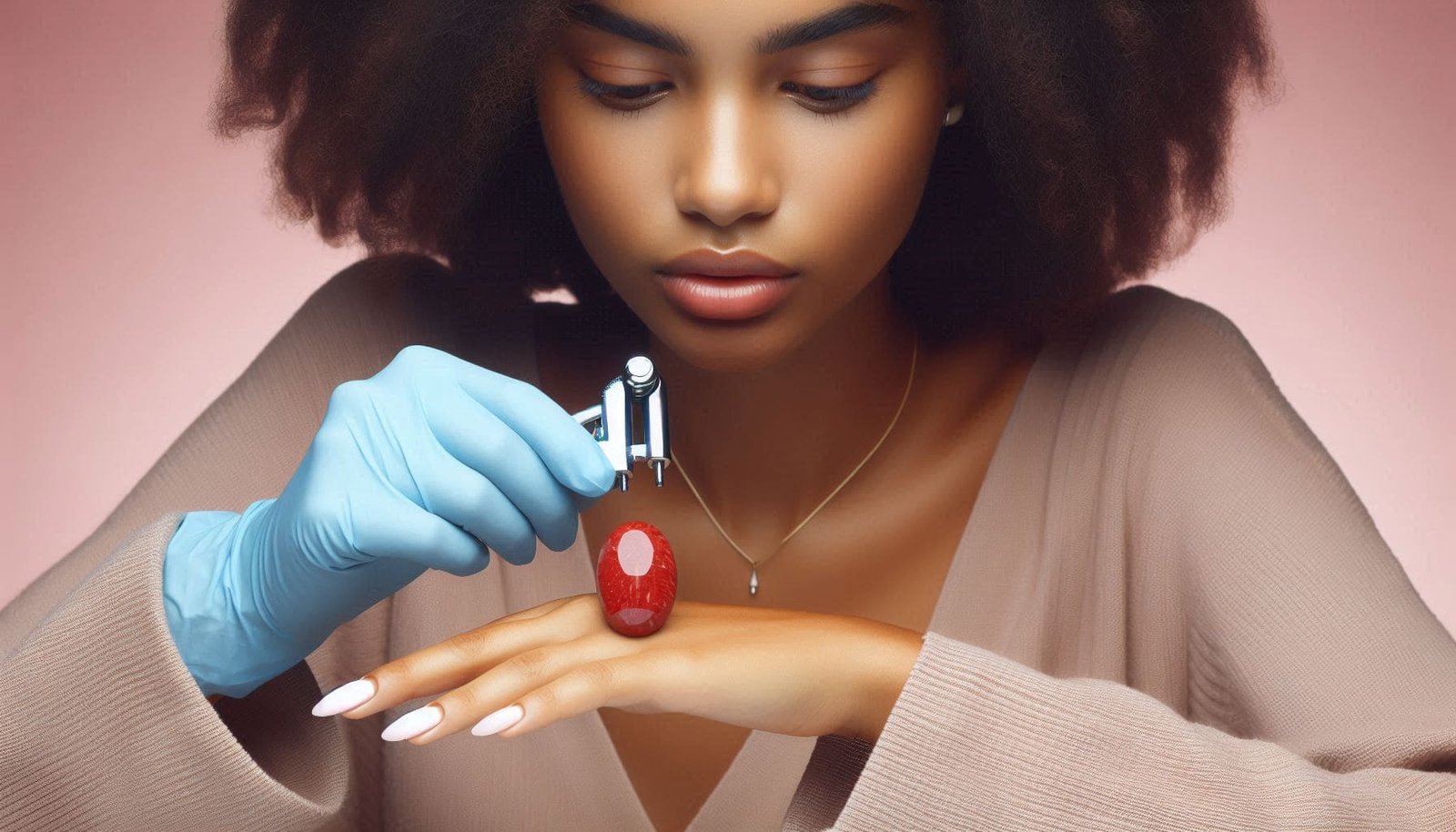Identification Of Red Coral

16
Aug

Coral is a precious gemstone and is very popular among Indians due to its astrological benefits. It comes in many different colors: white, pink, orange, red, blue, violet, gold, and black. Red, pink, and white are mainly used as gemstones in jewelry. Red is the most likable. Pink and white are not as popular as red. One can see the rough markings on its surface. To protect its color, one must avoid exposing it to sunlight for extended periods. Coral gemstone is mainly cut into three shapes – triangular, oval, and capsule.
The Mediterranean and the red sea are the primary producers of coral gemstones. Other producers include Australia, India, Italy, and Japan. It is found mainly in regions with tropical and subtropical environments. Italian coral is the most popular and in high demand, as it is the finest one. These are some easy and effective methods with the help of which you can easily identify the real coral gemstone.
Take a glass of milk and put your stone in it. Now carefully observe the color of the milk after a few minutes; if the color changes to a slight red or pink, it is real. If the color of the milk does not change, it will be a fake or an imitation.
Take a bowl of diluted vinegar and place the coral in it. If it starts making bubbles, it’s real because coral is made up of calcium carbonate; when calcium carbonate comes in contact with an acid, it produces bubbles.
This test is not considered good because coated fake coral can exhibit the same effects. One can also perform this test with nitric acid (lemon juice) and look for bubbles or effervescence.
Try to scratch this stone with your nail and carefully listen to the sound it produces. If it sounds like the scratching sound of glass or plastic, it’s probably a fake one made up of plastic or glass. This is a very good method for real coral gemstone identification.
Take a piece of raw turmeric and rub it against the stone; if it leaves a red mark on the turmeric, it is a fake or an imitation of a coral, not a real one. Turmeric color will not change if it’s a natural coral.
Original coral gemstone reacts with vigorous effervescence to dilute acid, such as hydrochloric acid. Keep in mind that this test can spoil it’s its luster.
Wavy, parallel, fibrous structure; tiny cavities (polyp holes).
The chemical composition of organic gemstone – coral is calcium carbonate (CaCO3), a small amount of magnesium carbonate (MgCO3), a trace amount of iron oxide, and 1.5% to 4% organic matter. Its hardness is 3.5 on the Mohs scale. The specific gravity (S.G.) ranges between 2.60 and 2.70 for carbonate types and 1.30 and 2.20 for horny types. The refractive index (R.I.) lies between 1.486 and 1.658.
Synthetic red coral, Gilson created coral, glass, plastic, reconstructed shells, stained marble, conch pearls, wood, horn, etc.
No account yet?
Create an Account